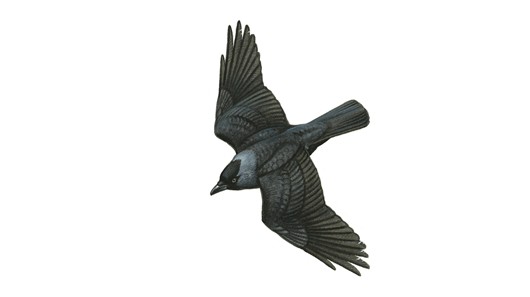This is an old revision of the document!

Housing - type and tenure
Childhood
In early years, measures of housing tenure were based on health visitor observation, or knowledge (between 1948 and 1957). The type of dwelling was also recorded (flat, house etc.), as was the health visitor's assessment as to the state of repair of the home and the age of the property.
The number of bedrooms and owned or shared living rooms was recorded at ages four and six years, with special note being made at six, eight and 11 years regarding the sleeping arrangements of the study member. At eight, 13 and 15 years only the total number of rooms was coded. Kitchen and bathroom arrangements were recorded in at two, 11 and 15 years. The presence of a garden or yard for the study member to play in was recorded at age two and four years.
In 1955, 1957 and 1962, the presence of a telephone, television or car in the household was noted.
Three variables about the age and state of repair of the dwelling and the level of household crowding in 1950 (at 4 years) have been used to make a summary index of housing quality.
Adulthood
From 1972 (aged 26 years) details were collected about the accommodation the study member was living in as an adult. In 1972, 1982 and 1989 the number of bedrooms and living rooms was recorded as well as kitchen and bathroom arrangements, indoor lavatories and hot running water. In 1989 study members were also asked about damp problems.
<tr>
<td><small><img style="width: 11px; height: 11px;" alt="arrow" src="./Lifetime Social Circumstances_ Housing_files/link_icon.gif"><a href="https://secure.ctu.mrc.ac.uk/lha_nshd/members/childhood.html">Childhood
Health & Development
<td><small><img style="width: 11px; height: 11px;" alt="arrow" src="./Lifetime Social Circumstances_ Housing_files/link_icon.gif"><a href="https://secure.ctu.mrc.ac.uk/lha_nshd/members/Adult_Health.html">Adult Physical
Health
<td><small><img style="width: 11px; height: 11px;" alt="arrow" src="./Lifetime Social Circumstances_ Housing_files/link_icon.gif"><a href="https://secure.ctu.mrc.ac.uk/lha_nshd/members/Adult_Wellbeing.html">Adult Mental Function &
Wellbeing
<td><small><img style="width: 11px; height: 11px;" alt="arrow" src="./Lifetime Social Circumstances_ Housing_files/link_icon.gif"><a href="https://secure.ctu.mrc.ac.uk/lha_nshd/members/Adult_Behaviours.html">Adult Health
Behaviours
</tr>
<tr>
<td><small><img style="width: 11px; height: 11px;" alt="arrow" src="./Lifetime Social Circumstances_ Housing_files/link_icon.gif"><a href="https://secure.ctu.mrc.ac.uk/lha_nshd/members/Anthropometry.html"><span style="text-decoration: underline;">Anthropometry</span></a></small></td>
<td><img style="width: 11px; height: 11px;" alt="arrow" src="./Lifetime Social Circumstances_ Housing_files/link_icon.gif"><a href="file:///G:/SecureServer/LHA_NSHD/members/Lifetime.html"><small>Lifetime
Circumstances
<td><small><img style="width: 11px; height: 11px;" alt="arrow" src="./Lifetime Social Circumstances_ Housing_files/link_icon.gif"><a href="https://secure.ctu.mrc.ac.uk/lha_nshd/members/Biological.html">Biological
samples
<td><small><br>
</small></td>
</tr>

